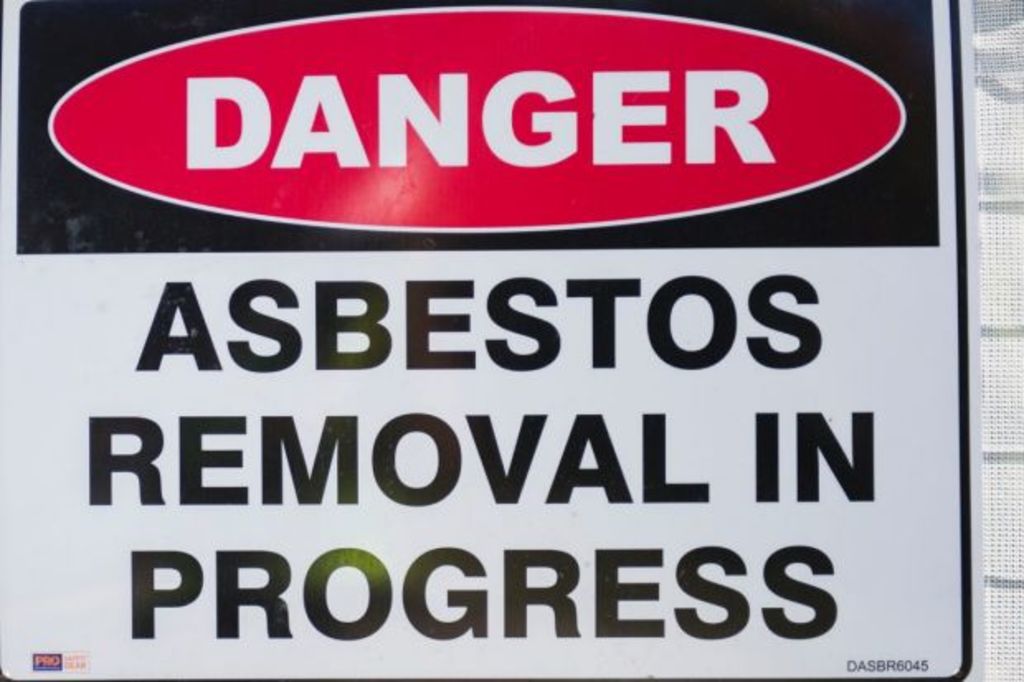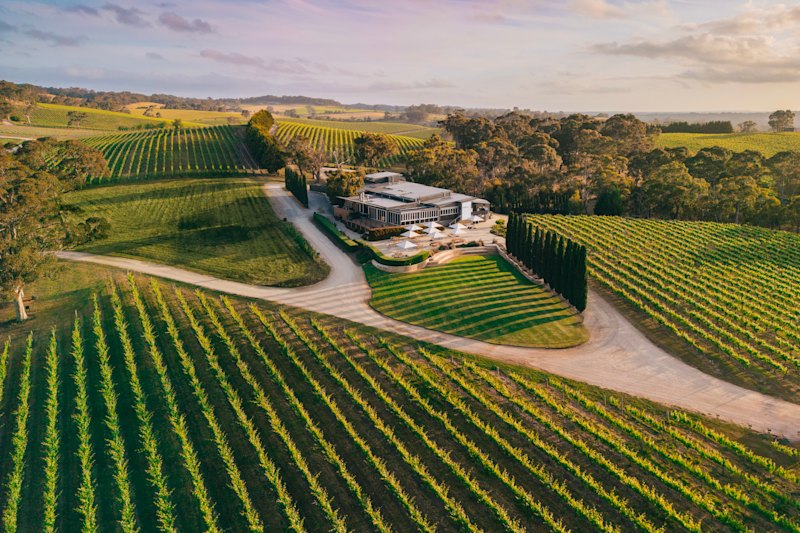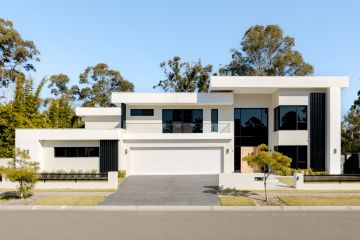Tips for choosing and building on a Mr Fluffy block

With 150 Mr Fluffy blocks on the auction block in March it seems from all reports that not all were scooped up by developers but so-called “mums and dads” were well represented also. Given that the Canberra community will ultimately need to work through 1000-odd “knockdowns”, it is worth pointing out some tricks for new players. Paradoxically, one often gives the opposite advice to the “mums and dads” than that given to developers. Here are some tricks for new players to avoid.
If you are thinking of building a single dwelling, I suggest you look for a block that has a long east-west axis. This will allow the bulk of the rooms to face north. The “solar slot” for optimal solar gain is between about 20 degrees west and 30 degrees east of true north. This scenario usually involves a southern boundary to a neighbour where one needs to watch out for the tricky and relatively new solar fence legislation. This provision can make the inclusion of two-storey elements of a house problematic.
For developers, however, the east-west orientation preference doesn’t work nearly as well. For dual occupancies to maximise return both dwellings should preferably face the street as with this scenario it is easier to get good northern-oriented living areas if they are at the rear of the block; that is, the opposite orientation to the single residence requirement is preferable. If you are a developer, avoid blocks with a “skinny” frontage as it is harder to get two dwelling side by side. If you do end up with a narrow block and with a dual occupancy with one dwelling behind the other there will be a drastically reduced area to build on. The normal allowable 50 per cent of the block area is suddenly reduced to an often unworkable 35 per cent. In this “one behind the other” set-up the regulations require that both dwellings are single storey and the rear dwelling is no bigger than 17.5 per cent. This seriously affects the economic viability of development.
Corner blocks are sought out by developers as they have two street frontages and consequently a much more generous 50 per cent plot ratio. As a result, there will be a premium for these blocks. Developers generally will be looking for blocks larger than the critical threshold of 700 square metres so smaller blocks might be a better option for ordinary folk contemplating dipping their toes into the market.
Large trees can present a serious stumbling block for redevelopment on any site. A “regulated” tree cannot be removed “willy-nilly” and in some cases can effectively sterilise the site. A regulated tree doesn’t even need to be on the block in question to cause a problem. A regulated or significant tree is one that is 12 metres high, has a canopy diameter of more than 12 metres or a trunk more than 1.5 metres in circumference. Buyer beware!
Site slope is another issue affecting cost and, as an example, recently I was engaged on a project where the severity of the slope added $65,000 to the construction.
Finally, there is a specific and subjective clause in the territory plan requiring redeveloped Mr Fluffy blocks to be of “high-quality design”. Given this, and the subtleties of the legislation, it is definitely worth investing in experienced advice at the outset.
Tony Trobe is director of the local practice TT Architecture. Is there a planning or design issue in Canberra you’d like to discuss? Email tonytrobe@ttarchitecture.com.au or go to ttarchitecture.com.au
We recommend
We thought you might like
States
Capital Cities
Capital Cities - Rentals
Popular Areas
Allhomes
More







